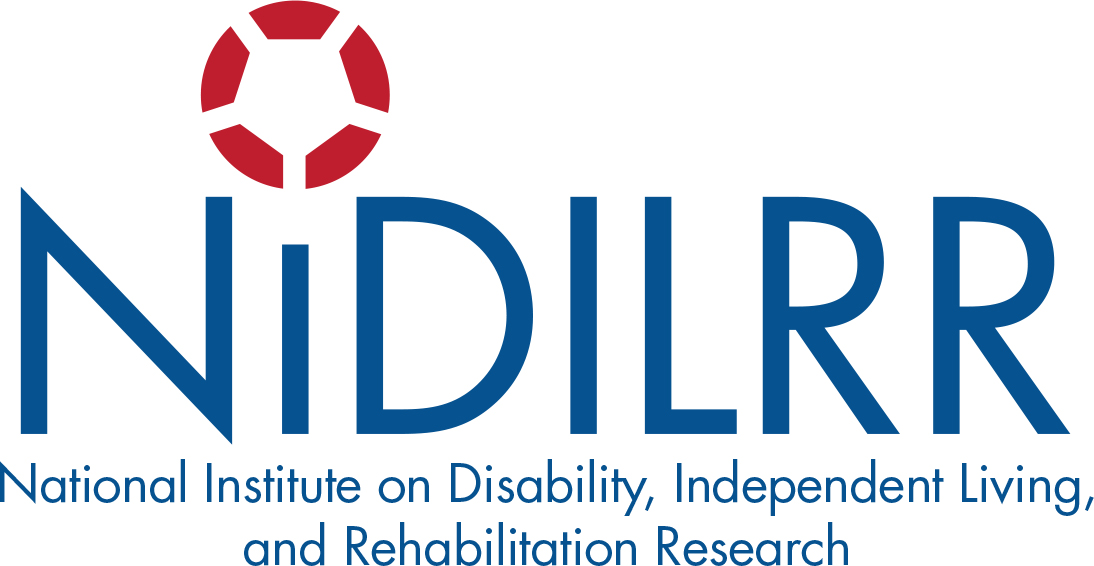Factsheet
Nutrition and Spinal Cord Injury
Keys to good health start with understanding nutrition and following a healthy, nutritious diet. This factsheet provides insight into the impact of nutrition on health, wellness, daily activities and overall quality of life after spinal cord injury.
Guidebook
Nutrition after Spinal Cord Injury- Low-Carb High-protein Diet for Improving Health
The UAB Spinal Cord Injury Model Systems now offers this guidebook on understanding nutrition, metabolic health, balancing daily calories, making healthier food choices, along with sample menu items healthy shopping list.
EatRight® Weight Management Program
EatRight® Weight Management Program This weight management program is designed for individuals with spinal cord impairments, which includes persons with spinal cord injury, dysfunction and disease. EatRight is a 12 week program. This workbook and video guide you through the weekly lessons. For best possible results, all participants should only review 1 video section and workbook section per week – beginning with section 1 – and only proceed at the rate of 1 section per week.
The information contained in this workbook is not intended nor implied to be a substitute for professional medical advice. Always ask your physician or other qualified health professional about any matter concerning your individual health. Always seek the advice of your physician prior to starting or changing any medical treatment. Nothing contained in this workbook is intended for medical diagnoses or treatment purposes.
Watch the video chapter by chapter as you complete the workbook
StartRight
Effective weight management is the foundation for improved health, but a healthy lifestyle is more than weight control. A healthy lifestyle takes a desire to improve your body and mind through a change in food choices, eating habits, physical activity, behaviors and attitude.
Chapter 1 PDF Workbook
ChooseRight
The basic focus of EatRight is to choose to eat more of the foods on the right side of the Food Spectrum and limit your foods on the left side.
Chapter 2 PDF Workbook
PlanRight
This chapter builds on what you began learning last week about the color Food Spectrum and your Daily Food Journal. This week you can learn how planning daily meals help make it easier for you to stick to your Weight Management Program.
Chapter 3 PDF Workbook
ShopRight
You have planned your menus and made a shopping list. Now you are ready to ShopRight, selecting nutritious and healthy foods.
Chapter 4 PDF Workbook
CookRight
Learn ways to prepare your meals so that you: decrease fat, sodium, and sugars; improve the nutritional value by adding grains, fruits and vegetables; prepare food that tastes good and is healthier; learn shortcuts for easier meal preparation.
Chapter 5 PDF Workbook
AimRight
Goal setting is what gives your plan direction and purpose and keeps you on track as you work to reach your goals. Whenever you are considering personal goals for weight management, keep in mind that it is easier to reach goals that are realistic, specific, related to behaviors and measurable.
Chapter 6 PDF Workbook
MoveRight
Physical activity is any bodily muscle movement that uses energy. When you increase your energy output, you burn calories quicker and lose fat while gaining muscle mass.
Chapter 7 PDF Workbook
DineRight
Most people dine out regularly and not just on special occasions. Over the past weeks, you have been learning how to eat healthier at home. You can use those same skills when dining out and avoid temptations to stay on track with your EatRight Weight Management Program.
Chapter 8 PDF Workbook
LiveRight
LiveRight is all about how your eating lifestyle impacts your overall heath by preventing and controlling of specific health problems. While the genes that you inherit are significant factors for your health, your lifestyle choices may be even more important.
Chapter 9 PDF Workbook
ThinkRight
You may not know it, but the way that you think is a learned process that leads to your feelings and behaviors. Most everyone has a little voice in their head that they use to solve-problems and accomplish tasks.
Chapter 10 PDF Workbook
RelaxRight
Managing stress is an important key to managing weight because your eating behaviors often change when you are under stress. Continued stress puts people at higher risk for serious health problems including illness, addiction, and depression.
Chapter 11 PDF Workbook
StayRight
If you are more satisfied with your body and enjoy your improved quality of life, you are more likely to want to use the skills you have learned to maintain your lifestyle over the long-term, which is the intention of StayRight.
Chapter 12 PDF Workbook
This series was produced by the University of Alabama at Birmingham Department of Physical Medicine and Rehabilitation and was developed under grant #507 from the Paralyzed Veterans of America (PVA) Education Foundation, 801 Eighteenth Street, NW, Washington, DC 20006-3517. Opinions expressed in this presentation are not necessarily those of the granting agency.



